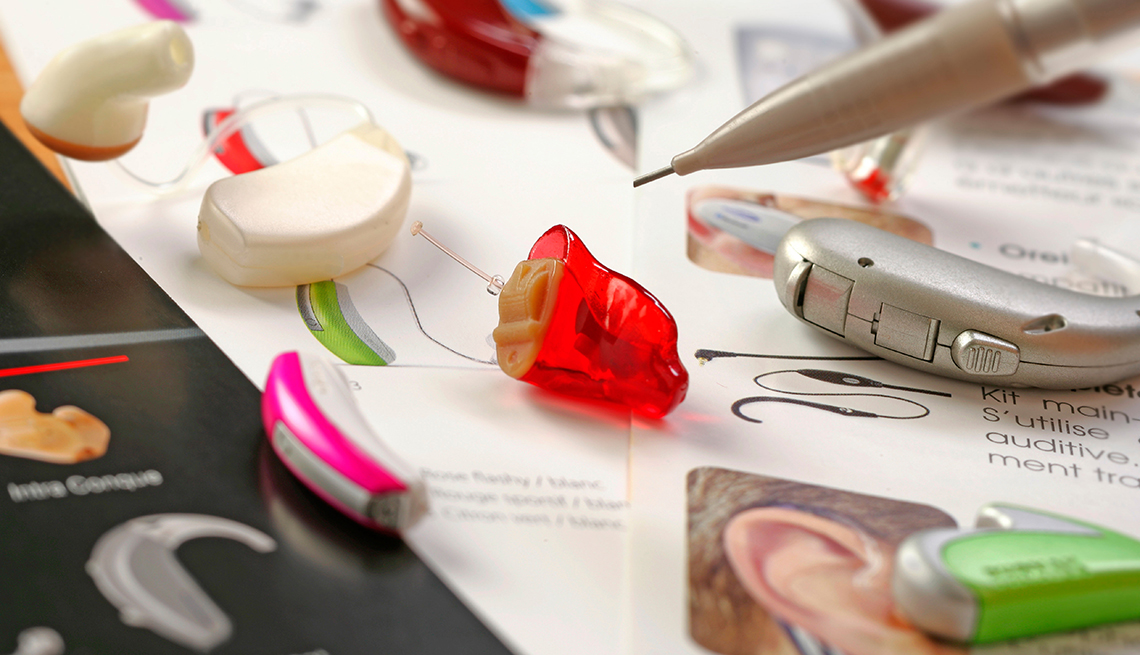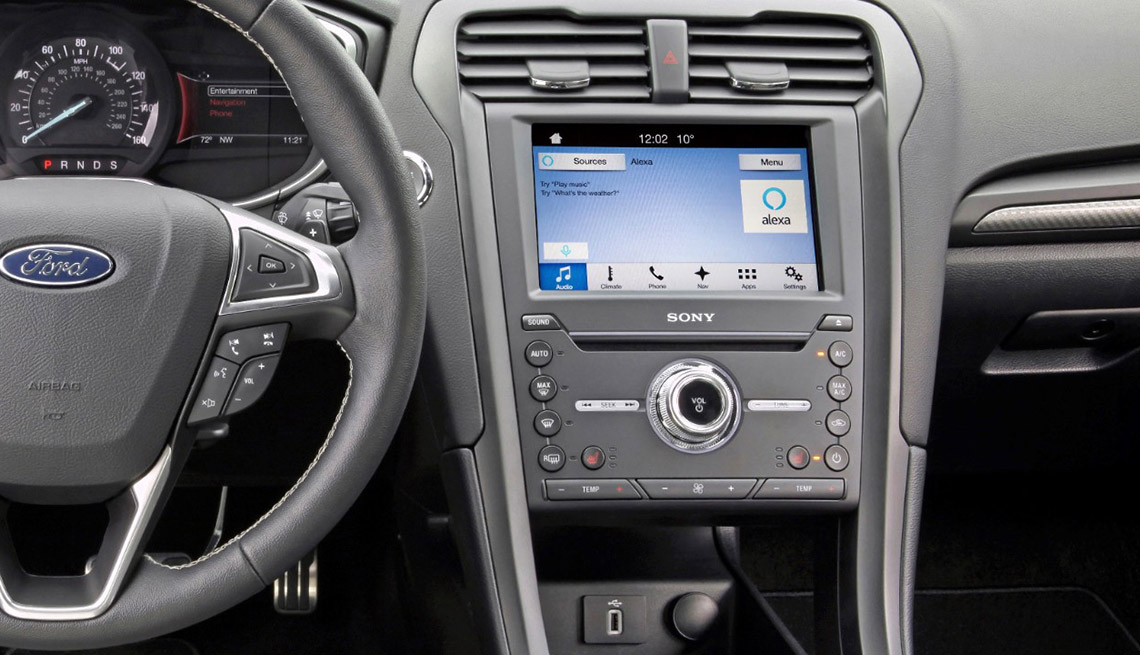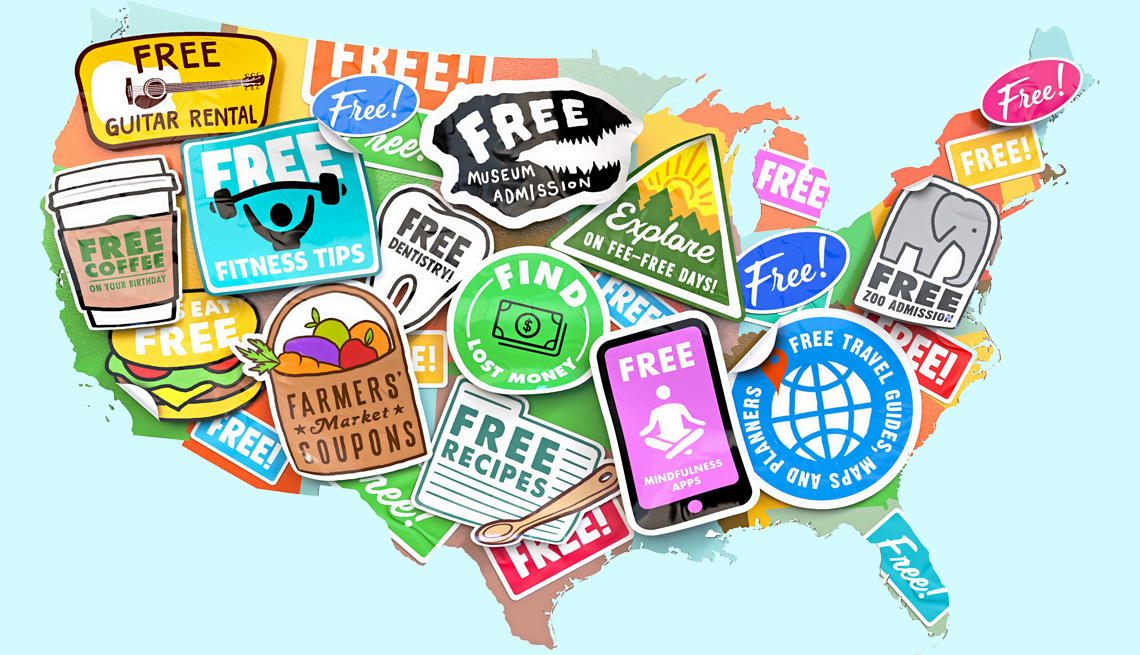
- Select a language for the TTS:
- UK English Female
- UK English Male
- US English Female
- US English Male
- Australian Female
- Australian Male
- Language selected: (auto detect) - EN
Play all audios:
About 1 in 5 Americans live with hearing loss, according to the Hearing Loss Association of America. That could explain the heavy traffic at some test-your-hearing stations set up at CES,
the huge (and hugely noisy) global tech trade show in Las Vegas, and why new hearing aid technologies have been capturing attention. Hearing aid manufacturer Widex, for example, was turning
heads with a battery-free model powered by a miniature fuel cell. Provided the Food and Drug Administration gives the green light, it is expected out this summer. “Most hearing aids today
use batteries or battery chargers,” says Jeff Geigel, president of Widex USA, of Hauppauge, N.Y. “Our new hearing aid will require neither.” Hearing aids are changing; some (left) don't
use batteries, and others (right) use artificial intelligence to automatically adjust the device. Widex, Oticon The fuel cell reenergizes in 20 seconds, versus three to six hours to fully
charge rechargeable hearing aid batteries, according to company officials. Another firm, Oticon, has a new hearing aid add-on feature called Kaizn , which uses artificial intelligence to
automate settings based on the user's preferences and past activities. Officials compared the technology to that used by Spotify to suggest new songs for listeners based on past
choices. And Cochlear, the Australia-based manufacturer of processors for cochlear implants, is highlighting technology called forward focus to help those who have implants focus on the
person they are speaking to and block out other sound around them. Audiologist Jennifer Wright, senior director of product management at Widex USA, says doing away with the hearing aid
batteries will help adults with dexterity issues who struggled with them because of their tiny size. Historically, users of hearing aids have confronted irritants including whistling and
squealing, or what the industry calls feedback, and volume control. Technical refinements are ongoing, Wright said, as are cosmetic changes that can make hearing aids harder to spot or,
conversely, cooler to wear. “We do have fun colors,” she said. “We have pinks and blues and greens that [wearers] can choose from.”








